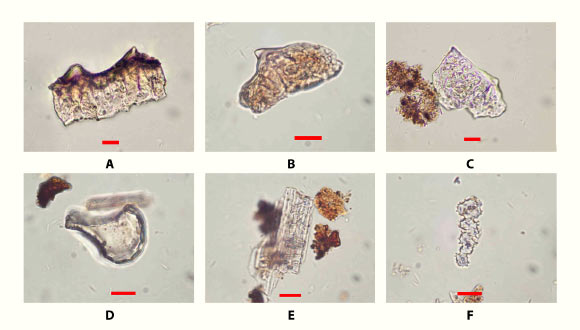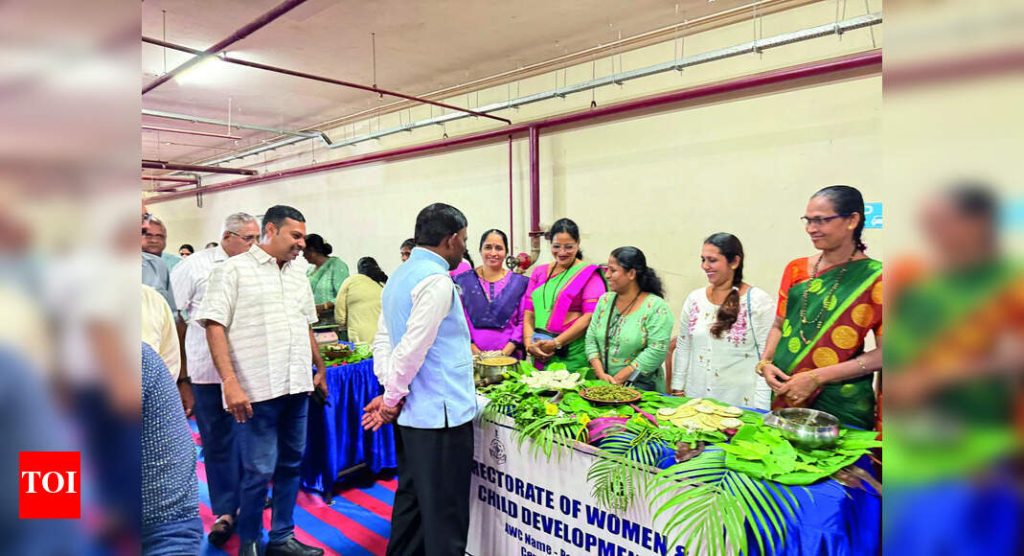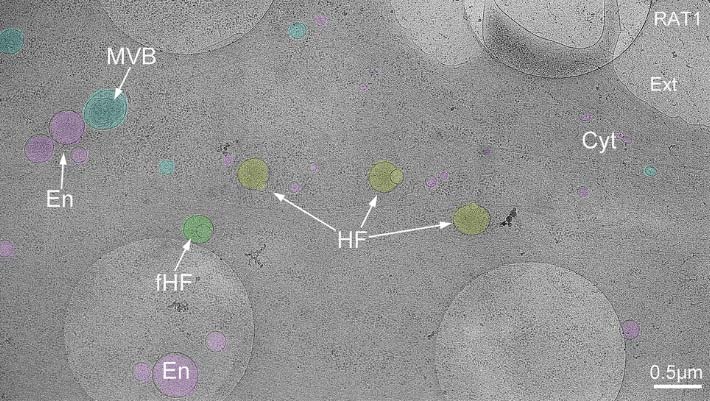Now Reading: 3,500-Year-Old Rice Traces Unearthed in Guam
-
01
3,500-Year-Old Rice Traces Unearthed in Guam
3,500-Year-Old Rice Traces Unearthed in Guam

Fast Summary
- Researchers from Guam, China, and australia have found evidence of early rice use in Ritidian Beach Cave, guam.
- Rice husks and leaf phytoliths adhered to red-slipped pottery dated back 3,500-3,100 years ago using radiocarbon techniques.
- Austronesian people originally grew rice in Taiwan around 4,800 years ago before migrating across the Asia-Pacific region starting around 4,200 years ago.
- The Marianas Islands are unique among Remote Pacific Oceania as the only place where rice cultivation occurred historically due to ties with early migrations from Taiwan and Philippines.
- the finding implies that rice was considered a precious commodity used ritualistically rather than being grown extensively or consumed daily. No evidence of ancient rice fields or irrigation systems was found.
- The research highlights advanced navigation skills of first Pacific islanders who transported resources like rice across vast ocean distances.
- Pottery surfaces indicate cooked rice presence; storage likely occurred elsewhere due to unsuitability of cave environments for grain preservation.
Indian Opinion Analysis
This study contributes valuable insights into the past relationships between Austronesian cultures and their migrations. For India-where agriculture has deeply shaped societal evolution-the findings underscore parallels with how certain staple crops became markers of cultural identity and trade. Importantly, it spotlights collective ingenuity in preserving essential resources like food during extensive voyages.
India’s academic networks might find this study useful in bolstering comparative studies on historical agricultural practices tied to South Asian maritime movements. Beyond scholarly learning opportunities for researchers focused on pan-geographic influences-it opens more pathways for exploring strategic roles shared staples played globally rooted civilizations whilst Unique regional adaption nuances through transference exist!



























